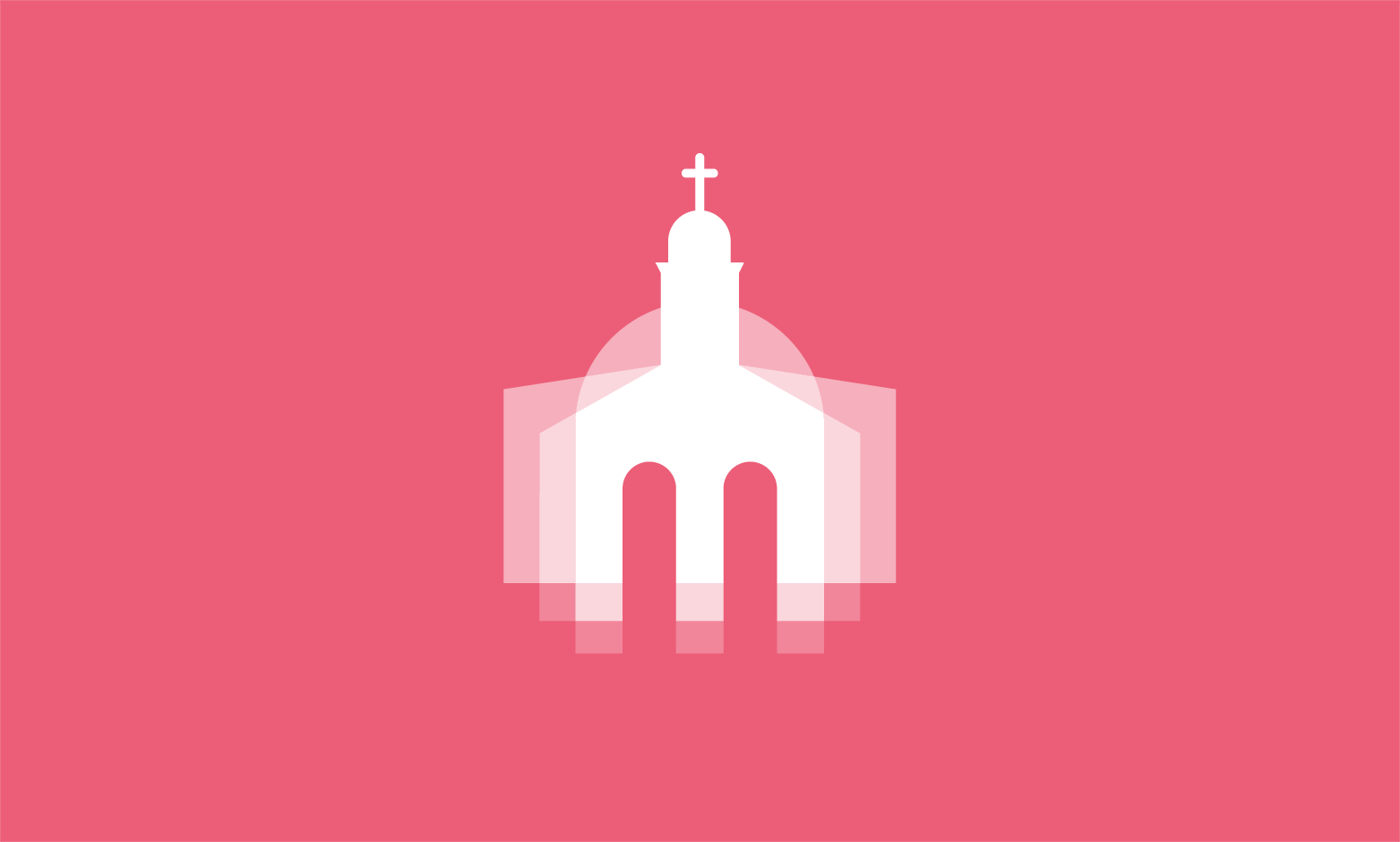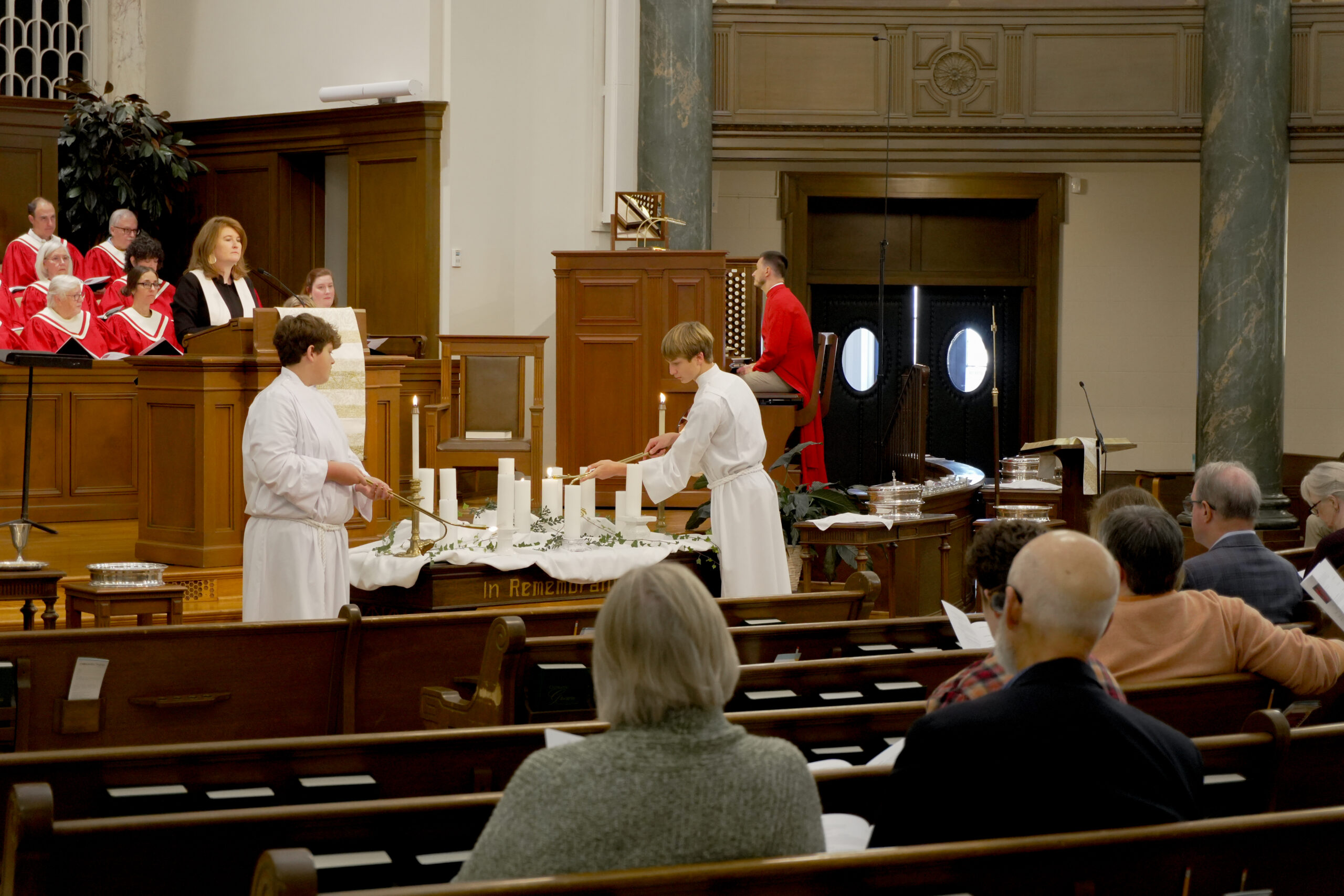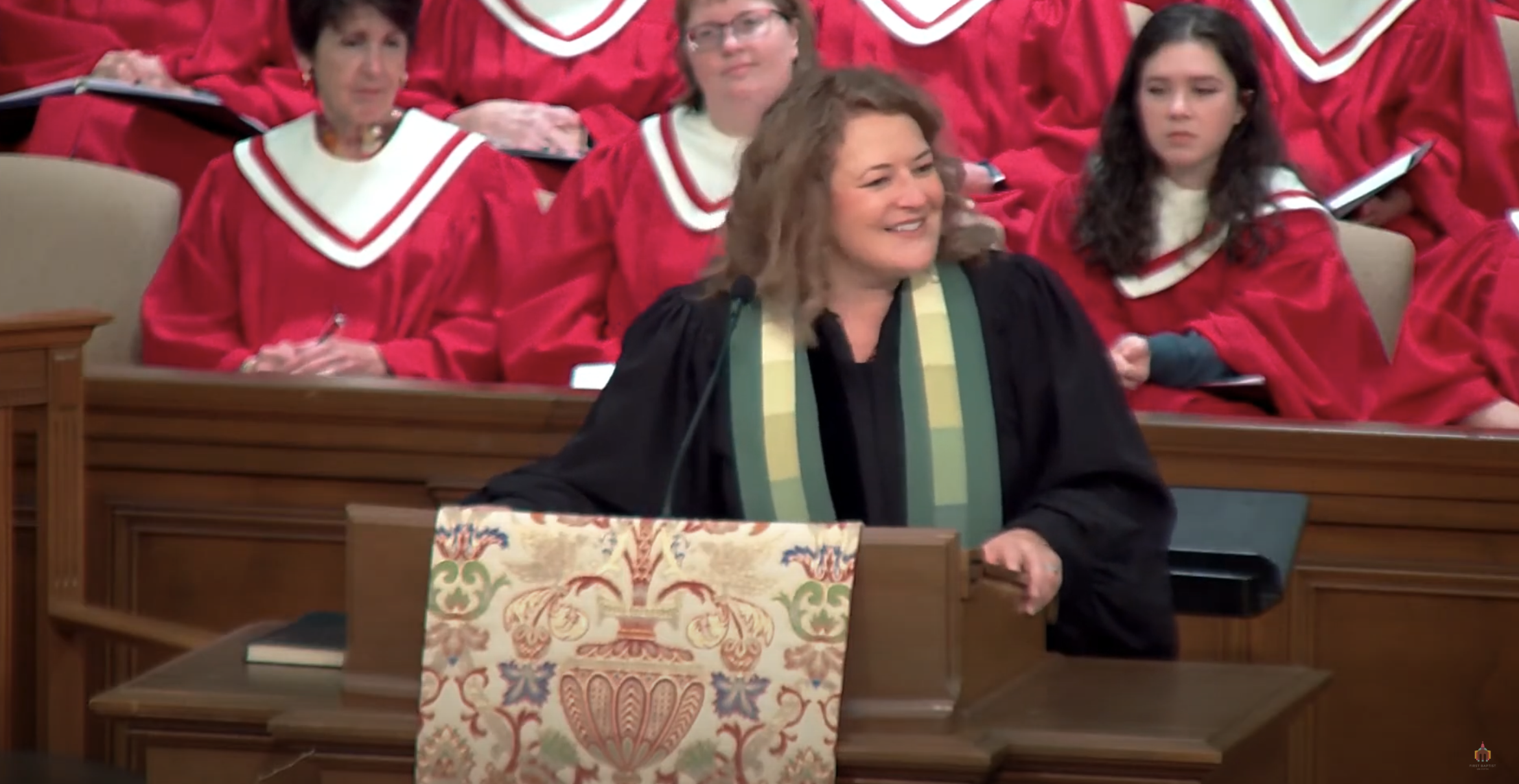I Have you read the story called The Giving Tree? You know this one, don’t you – the story that poet Shel Silverstein gave us about the tree who loved the little boy that came to play with her. The boy made a crown from her leaves, climbed her trunk, swang from her branches, ate her apples, and slept in her shade, all the while lavishing the tree in the same measure of love which she shared with him. They were both so happy.
But as we do, the boy grew up and stopped paying visits to the tree. The tree grew lonely and wondered what had happened to the long days of climbing and swinging and delight. After awhile, the boy returned and wanted money; “take my apples and sell them,” the tree offered. And after awhile, the boy returned and wanted a house; “slice off my branches and use them,” the tree offered. And after awhile, the boy returned and wanted a boat; “cut down my trunk and take it,” the tree offered. The boy sailed away on his boat and didn’t return for a long, long time. When he returned, the tree had nothing for him: the apples, the branches, the trunk all long gone. “I don’t need much now,” the boy said, “just a quiet place to sit and rest.” “Well,” the tree said, “an old stump is good for sitting and resting.” With that, the story ends: the boy did, and the tree was happy.1
Perhaps like me, you’ve cherished this story as one of sacrifice and provision, of usefulness and care…. that is, until you take a closer look. For upon deeper examination, you might realize that this relationship between boy and tree began in mutuality but ends one-sided. You might realize that the boy took and took, and the tree let him! You might realize that this is no way to be in relationship, that there had to be a better way. That’s the realization that Gen X artist and playwright, Topher Payne had, which led to his rewrite called “The Tree Who Set Healthy Boundaries.”2 In the fateful moment when the boy comes asking for a house, instead of giving him branches, the tree said no. “I recognize that friendships evolve over time,” the tree says to the boy, “but now it feels like I only see you when you need something. How do you think that makes me feel?” The boy’s stomach clenches in recognition: “I bet it makes you feel bad,” he replies. The story unfolds from there, as the tree teaches the boy how to ask her about her feelings, how to care for her well-being, how to attend to her care. They worked together to open a bakery where they created the most delicious apple pies that anyone had ever tasted. The boy’s family grew – a son, then over time, grandchildren. And the tree grew wider and stronger, sustaining generation after generation of his friend.
“The tree often thought back to that fateful day when the boy had asked her for a house,” the story surmises. “In truth, she would have gladly given him her branches to build one. She would have given him her trunk to make a boat. She loved him that much. But then she would have had nothing left. Not for herself, nor for anyone else. … Setting healthy boundaries is a very important part of giving. It assures you’ll always have something left to give. So the tree was happy,” the story concludes. “Everyone was.”
IIDiscussion around boundaries is appropriate to our contemporary moment, isn’t it? Every good counselor would tell you how important they are – for relationships, for work, for life. “Boundaries are expectations and needs that help you feel safe and comfortable in your relationships,” Nedra Tawwab notes.3“Boundaries define us,” says boundaries-researcher Henry Cloud. “They define what is me and what is not me. A boundary shows me where I end and someone else begins, leading me to a sense of ownership. Knowing what I am to own and take responsibility for gives me freedom. … Boundaries help us keep the good in and the bad out.”4
From one story of boundaries and an apple tree to another, today we turn back to Genesis with our boundary lenses on to explore the familiar story of Adam and Eve.
Scholar Walter Brueggemann asserts that “no text in Genesis (or likely in the entire Bible) has been more used, interpreted, and misunderstood than this text.”5Indeed, this text has been used to describe the fundamental human condition, to justify the subjugation of women, to explain the concept of original sin, to cite the origin of evil and death in the world, to account for the theological concept of “the Fall,” a concept, you should know, that is never named in the scripture but rather has grown out of humans’ attempts to understand it. Indeed, so woven into the psyche of our common lives, it has set off countless bad TV shows and ice cream flavors and Halloween costumes and puns like “forbidden fruit creates many jams!”6 So let’s revisit it closely, so that the nuances in this story might become clearer to our understanding.
When we left off last week, God had created the world and all within, pronouncing all things good, including the creation of humankind, made within God’s image and declared very good. Our story picks up this week with a deeper look at the creation of humans, including the first creature, “ha a-dam,” a swirl of dust and breath and divine life. “Ha a-dam” is placed in the garden, and given two trees there to keep him company: the tree of life, and the tree of the knowledge of good and evil. Rivers flowed from the garden, and it was fertile with possibility.
As Walter Brueggemann reminds us, the first boundary God gives is that of vocation. The man is given the purpose of tilling and keeping the garden, of meaningful labor there in paradise. The second boundary is that of permission. “You may freely eat of every tree in the garden,” which leads to that third boundary of prohibition: “but of the tree of the knowledge of good and evil, you shall not eat, for in the day that you eat of it you shall die.” There before God, the first human is known by vocation, by permission, by prohibition, and yet so often we narrow this story to just the one boundary, that of prohibition. The three matter together.
From those boundaries comes another companion. “It is not good for ha-adam to be alone,” the Lord says, fashioning him a partner. After trying all the animals and birds, all the living creatures that ha-adam named and claimed, there was still no true partner for the human. Into a deep sleep he went, and from him, God took a rib and fashioned him a partner. Of this, Debie Thomas said: “Human community began, Genesis tells us, with complete empathy and mutuality. God’s model for the human family was a model of equality and nurture. What Adam noticed first was not difference. It was similarity. Bone of my bones.”7 Together, they experienced all the gifts of Paradise.
Yet we know what happened next in this story – the movements of a crafty serpent, challenging the humans’ understanding of God’s boundaries. You will not die, he says! God just doesn’t want you having eyes open like he does. And so the woman, seeing the tree was good for food, seeing the delight it was to her eyes, seeing the ways it would make her wise, took some fruit and ate, passing some along to her partner to enjoy. Paradise once found, was now lost.
We know this story, don’t we? Not just the story of Genesis, the boundaries set and transgressed. We know of the boundaries we press in our lives. Boundaries of our relationships, where we press what we know to be healthy and mutual for our flourishing. Boundaries in our work, where we press what we know to make for our thriving, to make our work full of meaning and purpose. Boundaries in our neighborhoods, our families, even our bodies, pressing our aging, our looks, our capacity, even our dignity. These boundaries are ever more familiar when we cross them, and feel ashamed.
Padraig O’Tuama once said of the blame Adam offered to Eve: “the economics of blame seem to be indigenous to us. I didn’t start the fire, I just blew on it. I wonder if this is the original sin, the capacity to blame, to avoid responsibility, to throw another into the fire so that we don’t burn. But then we burn with shame and the fire just gets bigger.”8
III Not a one of us in this room has been without a moment in our life, when we have experienced the boundaries God has provided for us and pressed against them, only to find that fire growing bigger. We know what that feels like, what it takes from us, what it asks of us, what it strips from us, what it leaves us with.
With that in mind, I want to tell you another story, this one from Barbara Brown Taylor, who tells us of a legend that grew out of this story of Adam and Eve, one that never made its way into the holy scripture but one that rings true nonetheless. In this story, God gave Adam and Eve a cave to live in after they were cast out from Paradise – a little cave just east of Eden. There, they sat in shock for months following their eviction, repeating out loud for each other over and over every detail they could remember so as to never forget. The shade of the trees, the warmth of the sun, the beauty of the land. Eve offered to end her own life if God would let Adam back into the garden alone, but Adam would hear none of that. Yet Adam tried to throw himself off a cliff in his despair. When both had failed to die, they sat, lifeless and distraught, weeping, beating their breasts, begging God to return to the place called Eden. But with great sadness, God told them it was impossible – once the word was given, even he couldn’t take it back.
God didn’t leave them, though. With great love, God sent angels to watch over them: singing to them, sprinkling them with scented water to refresh and renew them, guiding the animals they encountered to be gentle with Adam and Eve, but they still could not release their despair. Eighty-three days passed as they languished, grief stricken, ignoring food and water lest they accidentally sin again. In the fountain of living water God gave them to drink, they tried to drown themselves. To the thick figs God gave them to eat, they left for the crows.
Bodies stained with exposure and speechless with heat and cold, they reached their end. And finally, in desperation, Adam and Eve let God teach them how to sew. They picked thorns for needles, and pulled sheepskin to use as shirts for their nakedness. It was a big step, but the only step they could muster in all their loss: the loss of paradise, the loss of bushes and alibis to hide behind, the loss of innocence and the will to live. They relinquished. They let go, and let God clothe them. “Fear not,” the angels sang to them that night, “for the God who created you will strengthen you.”
Sure enough, God did. And Adam and Eve decided to live. They weren’t free from the snake, who followed them all the days of their lives, but they got by. No more pure peace and plenty, but with some creativity and pluck, they gathered scraps together and began to build. First, an altar; then a home. They baked bread from the wild wheat of the field. They brought five children into the world. Using all the pieces of their broken past and letting none go to waste, they created a mended mosaic of their lives. They built a future for themselves, and for their descendants who would occupy the world outside of Eden, for you and for me.
“That is our story too,” Barbara Brown Taylor says, “a story with everything human in it – promise, failure, blame, guilt, forgiveness, healing, hope.” Boundaries crossed, boundaries held, boundaries restored, and dignity that replaces shame. “It is,” as she concludes, “a story about us and a story about our God, who did not create us just once, but goes on creating us forever, putting our pieces back together so that we are never ruined, never entirely, and never for good.”9
IV We say in our Confession of Identity: “God’s love knows no boundaries, therefore our love shouldn’t either. It is the bold love of which we speak.9 With gratitude for Barbara Brown Taylor and her extended telling of one legend of Adam and Eve. This from her sermon, “Surviving Eden,” from The Preaching Life, p174-180.
Where God’s instructions know boundaries, where God’s parameters know boundaries, where God’s place and people know boundaries, they are boundaries for the sake of dignity, of relationship, boundaries that keep us able to stand before our Maker with care. Indeed, though, God’s love knows no boundaries, for that Love looks like a seamstress, knitting us together for the living of these days. Amen!





